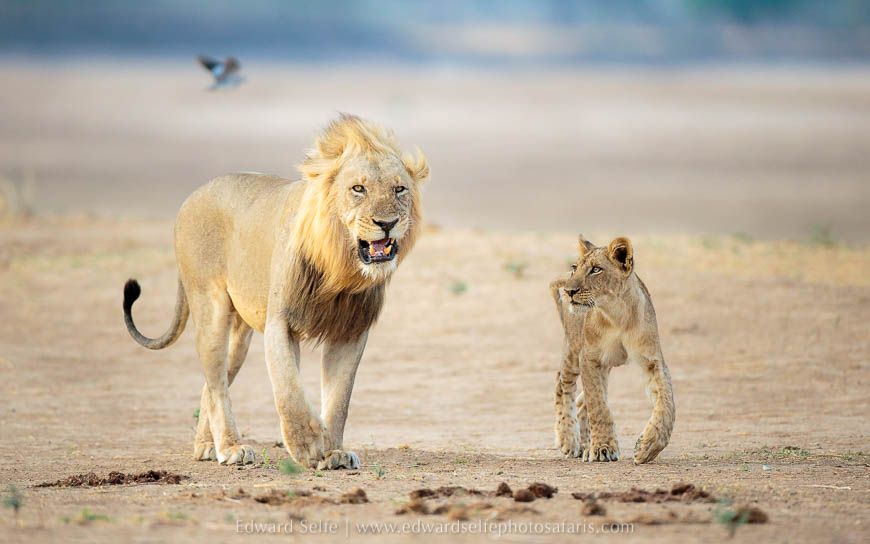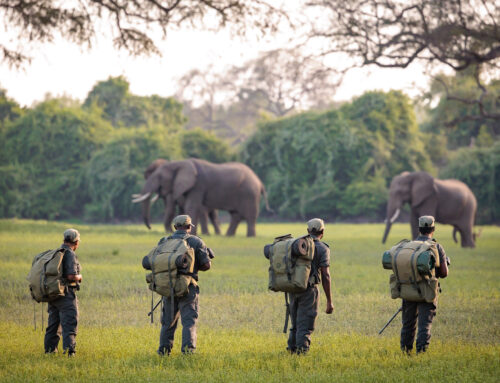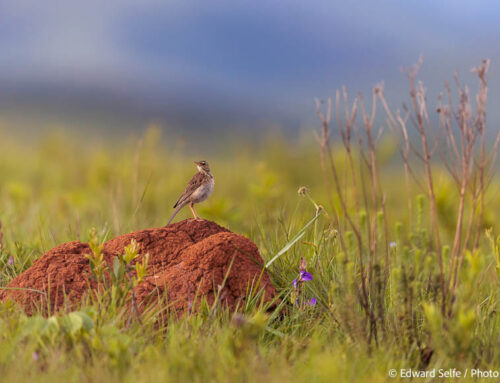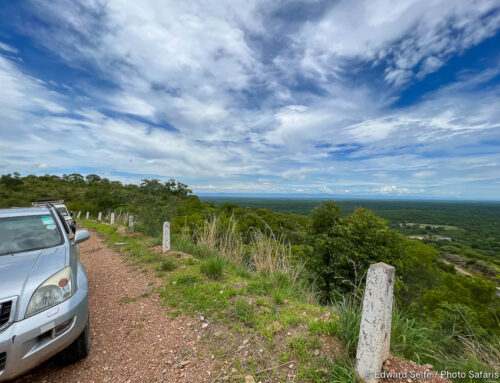By the time October comes round, we really know that hot season has arrived! The sun rises early and by 07.00 temperatures of 35 degrees celsius are common. In fact, sometimes the temperature only drops as far as 26 overnight! While this might seem to be an impediment to game viewing, in fact, it gives us some of the best sightings of the year.
October is about congregations: vast herds of buffalo, formed from multiple smaller herds, tumble down the bank in their eagerness to drink from the diminishing Luangwa; elephant herds rush the last few hundred metres to the water’s edge, desperate to cool their hot bodies with water and mud from the shallows; hippos in huge pods merge together cheek-by-jowl to form contiguous rafts in the remaining deep water; carmine bee-eater colonies reach their peak of activity as adult birds work to find food for hungry chicks and quelea swarms darken the sky as they arrive to drink water at sunset.
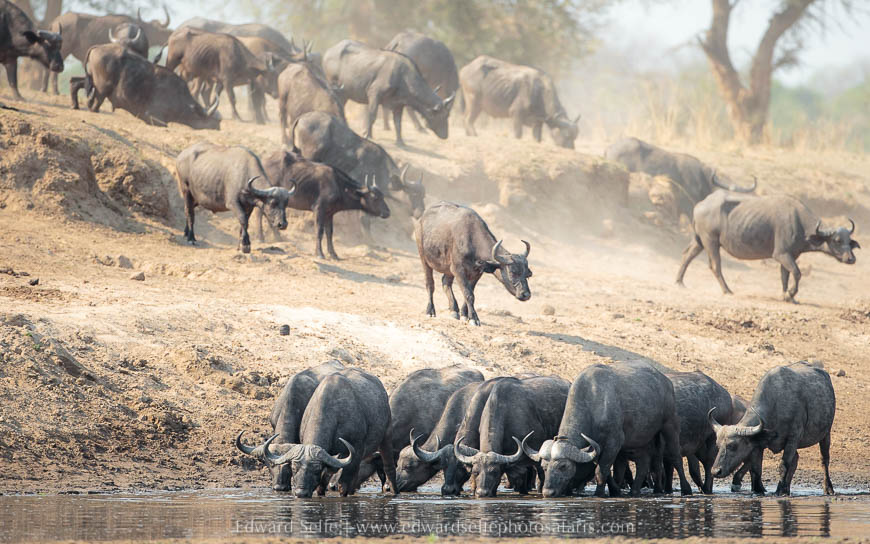
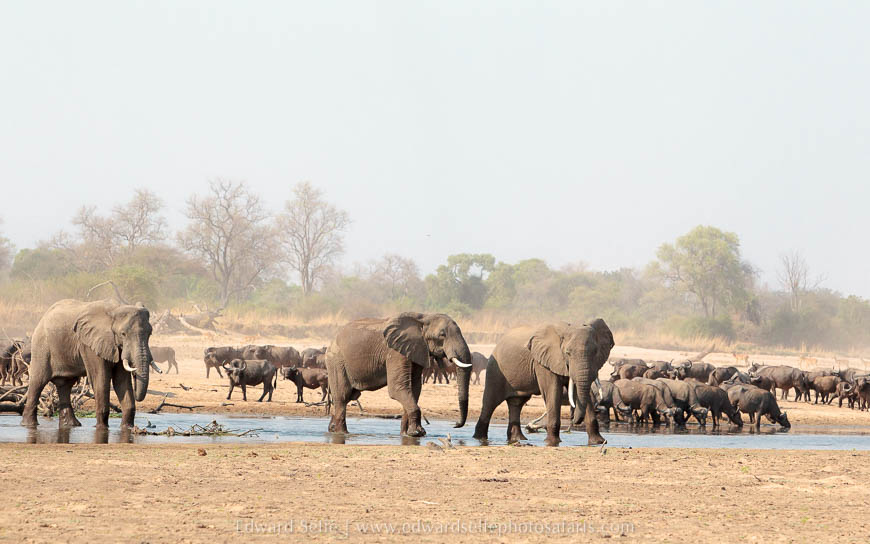
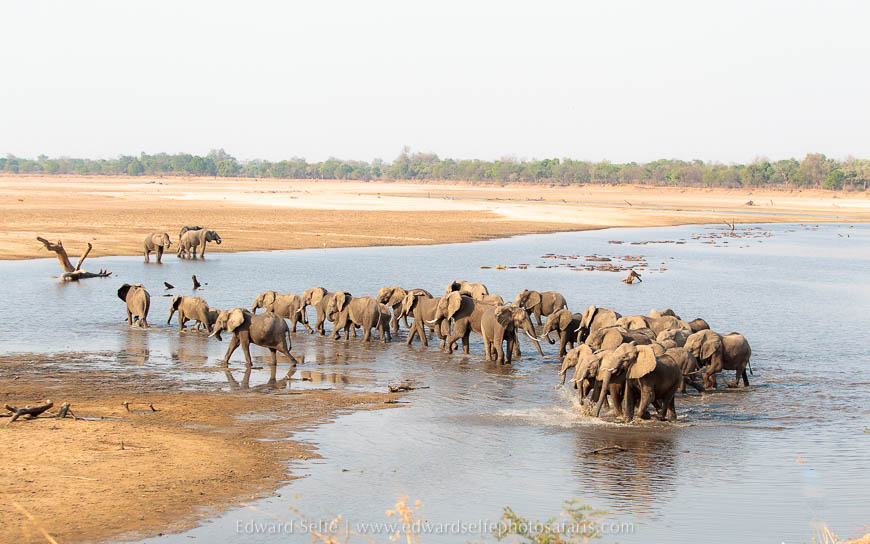
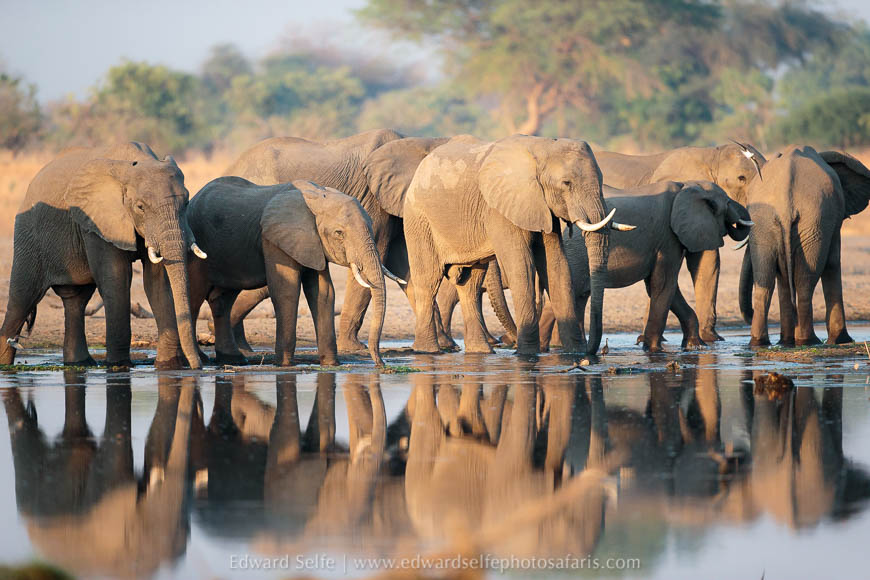
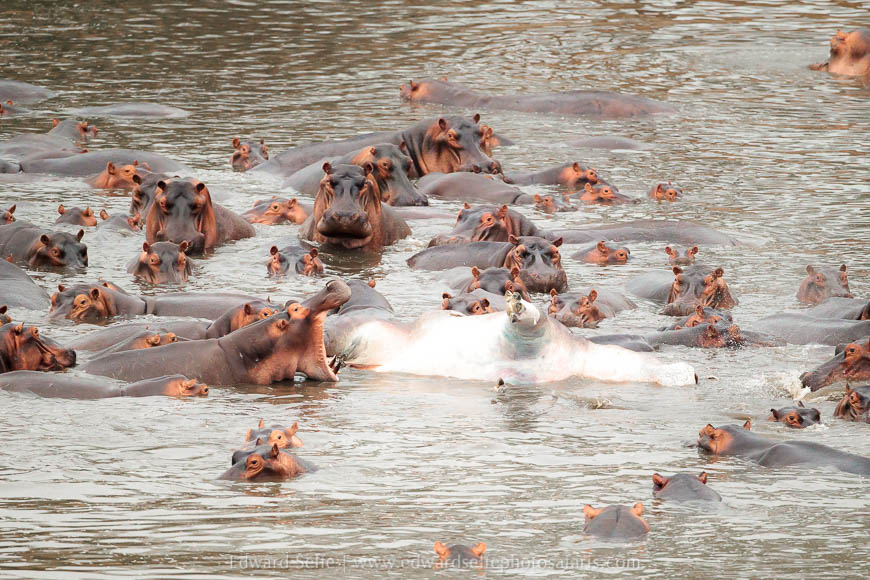
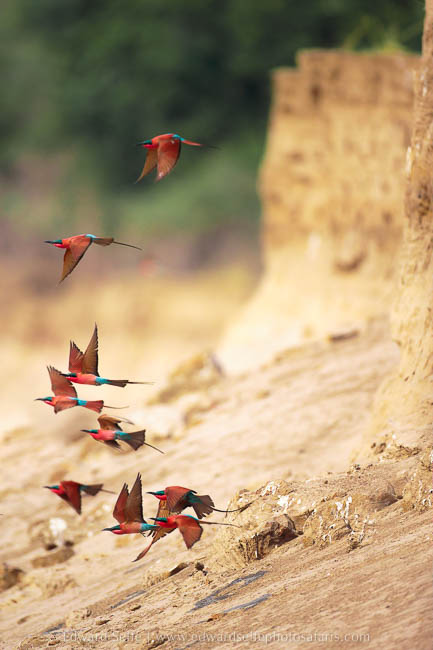
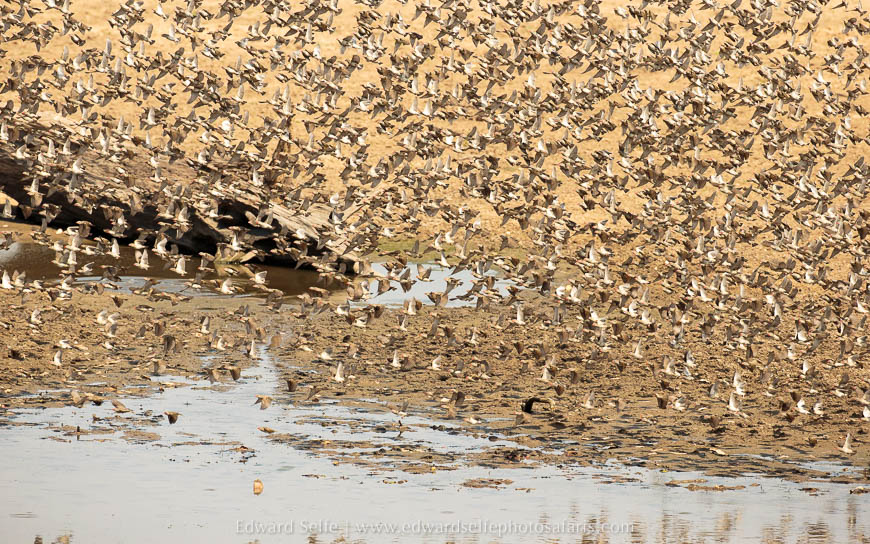
Strangely, despite all this heat and dust, it is a time of re-growth too. Lilac trees, combretum bushes and sausage trees are all in new leaf, giving a strange patchwork appearance to the bush…how can such barren grassland be punctuated with lush greenery? Elephants thrive on this new growth, enjoying the first fresh forage in months and some of the earliest calves of the season are born. Giraffes, too, celebrate their superior height and ability to reach the freshest new leaves.
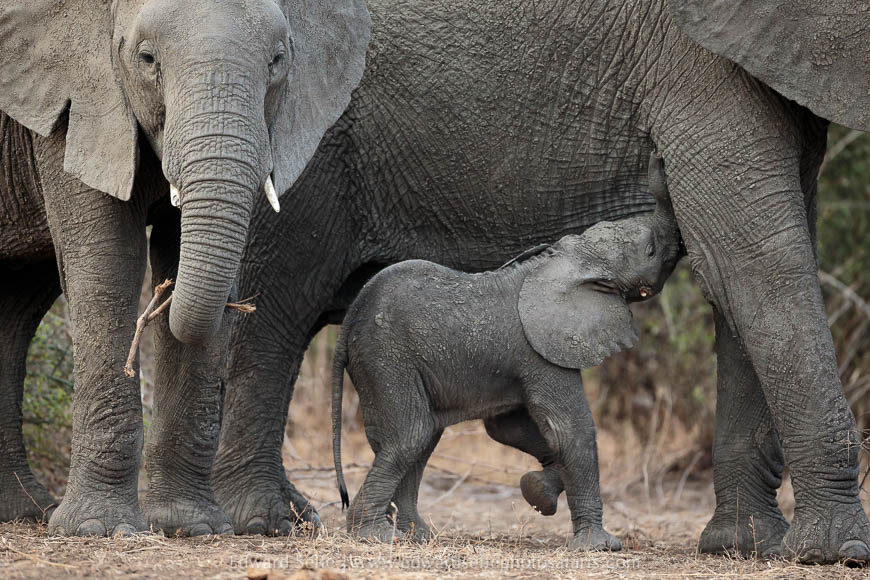
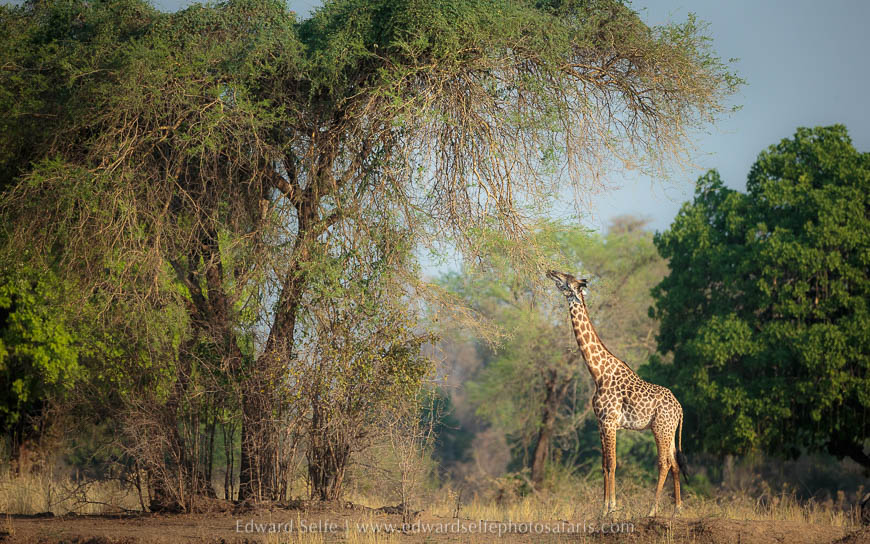
Wild dog pups are leaving the dens having reached an age of 4-5 months and can be seen accompanying the adults on their first serious hunts. However, the pups are still very vulnerable, so some packs return to a known and trusted area each day to keep them safe.
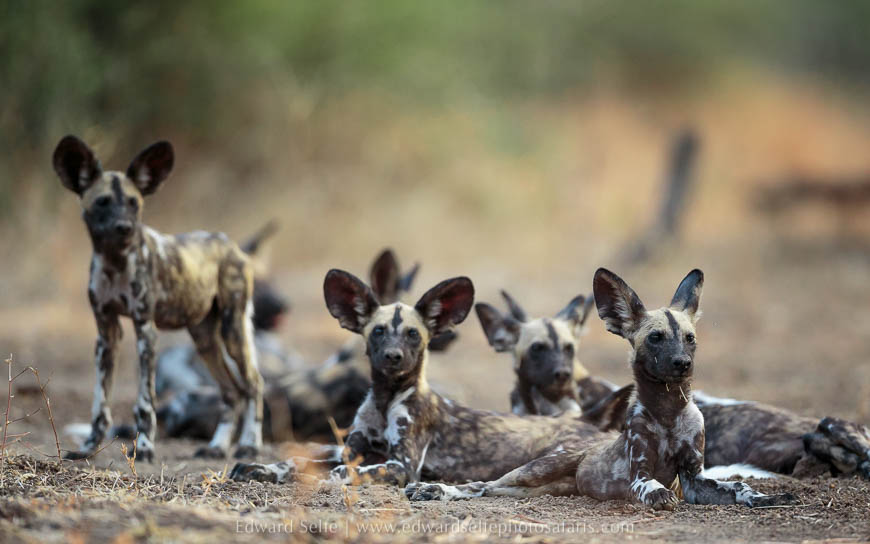
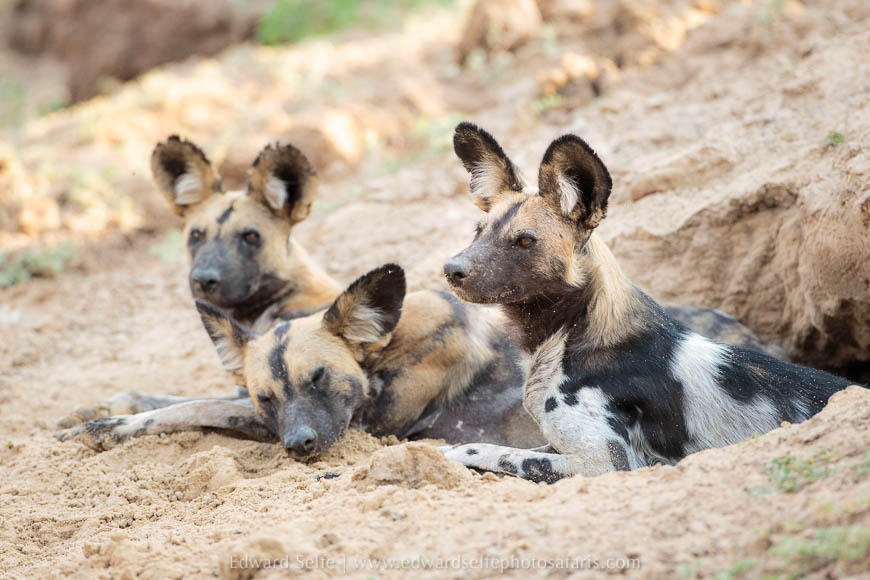
The thick dust in the air makes for very diffused light. This is soft and flattering, and good when you want to shoot animals against the sunset, but I prefer the directional, golden light of the earlier months. However, the sightings that can be enjoyed along the river in October perhaps makes up for this!
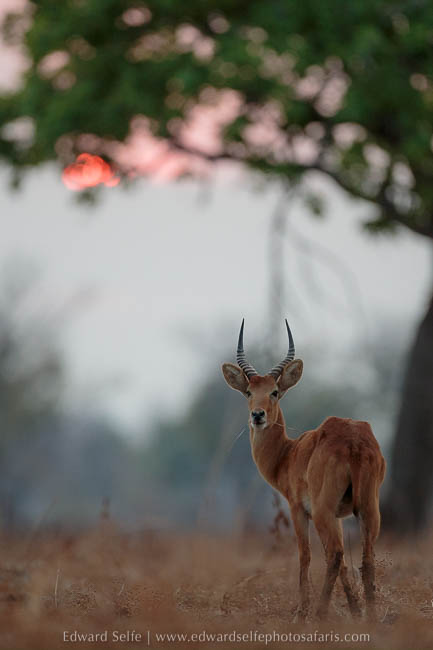
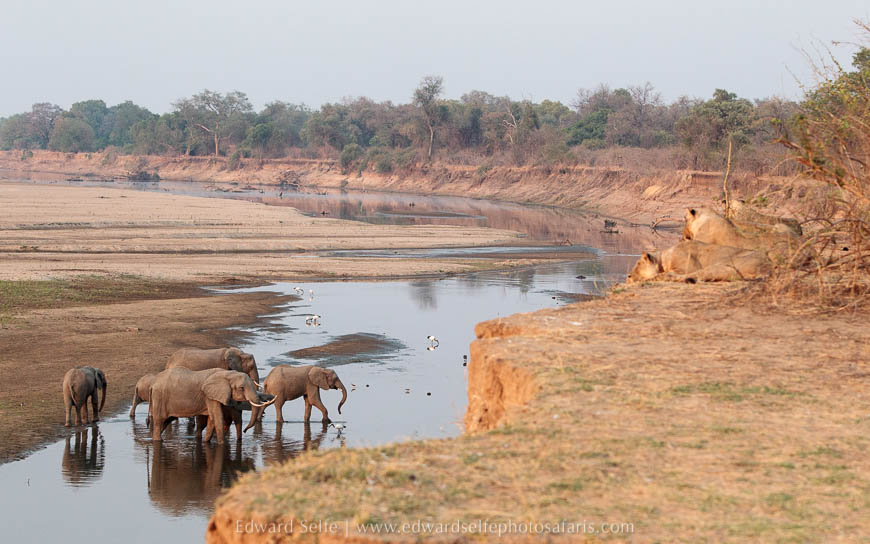
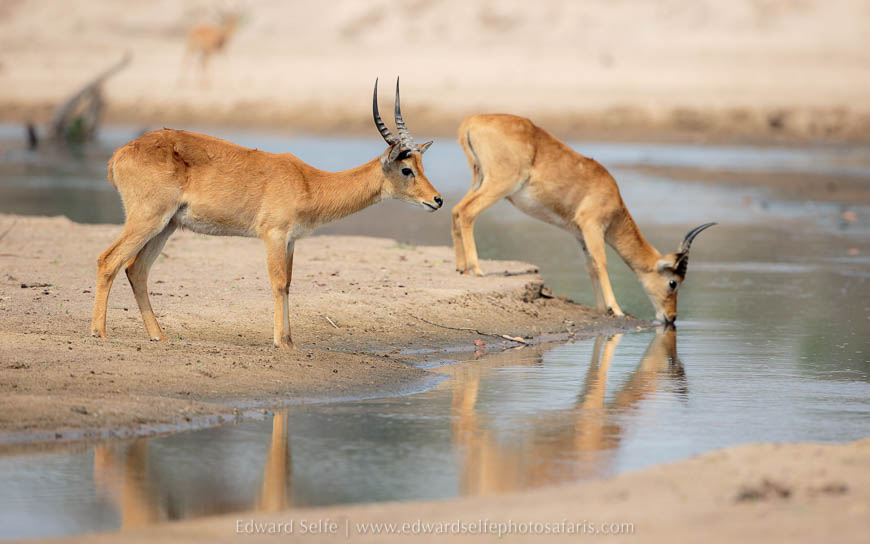
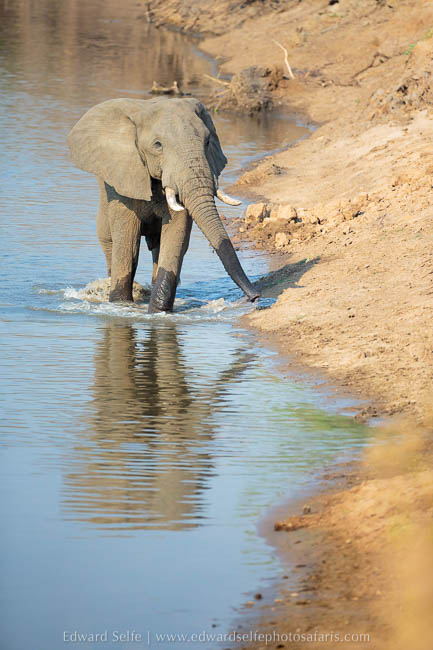
Predators abound in October. With prey concentrations so condensed along the river, lions need travel very little to find food, and lions are regularly found in their favourite spots along the banks. Predators cross the river with ease and even wild dogs will contemplate doing so…their small size and vulnerability to crocodiles usually deters them!
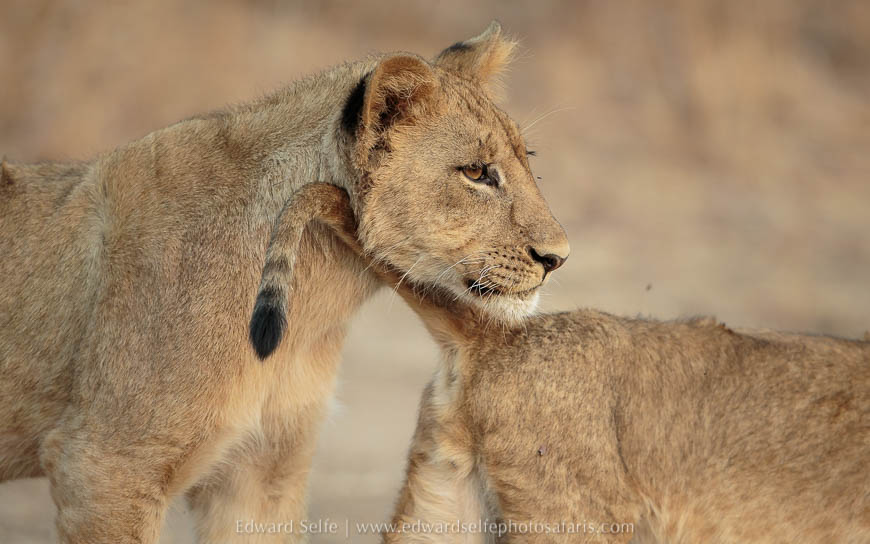
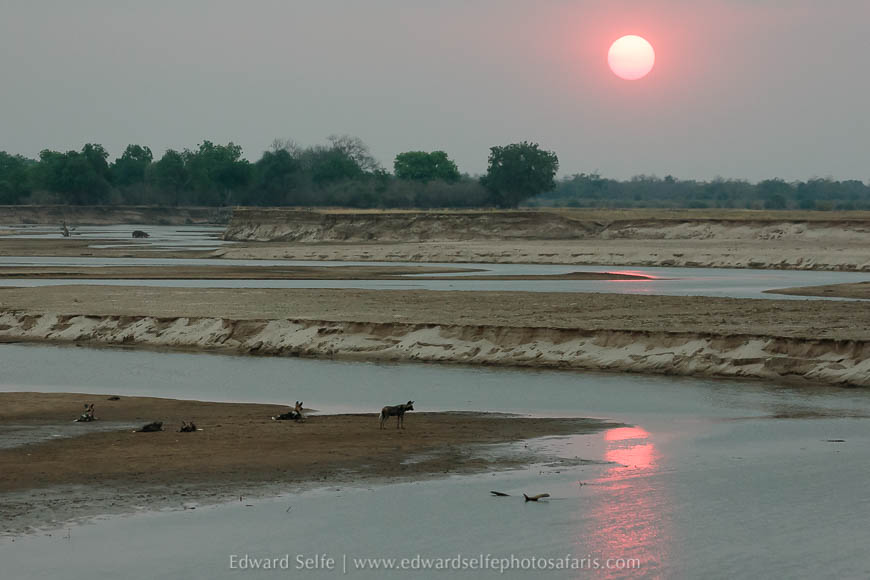
It’s also a time of year when “crazy” things happen; with the bush so thin and visibility at its best, I have had all of my aardvark sightings in the month of October. And when lions kill a waterbuck on the beach by the river, crocodiles come to share in the spoils, and a hippo appears to eat the gut contents of the waterbuck…..all behaviours that indicate the compression of animals into a very small area.
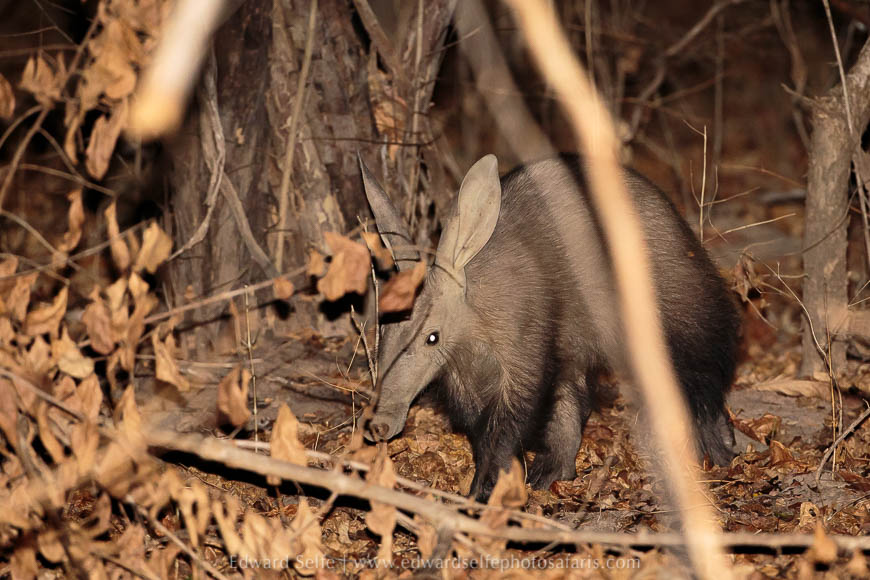
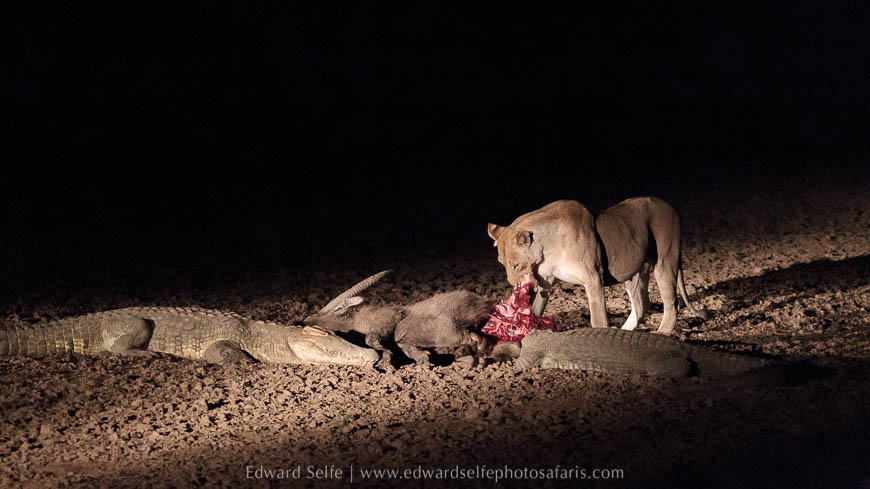
Where inland water persists, such as at the Nsefu salt pans, game can be found in very large numbers; buffalo, wildebeest, zebra, eland and kudu emerge from the thick bush to drink. If you visit in the heat of the day, there can be over 1,000 animals in the area at once!
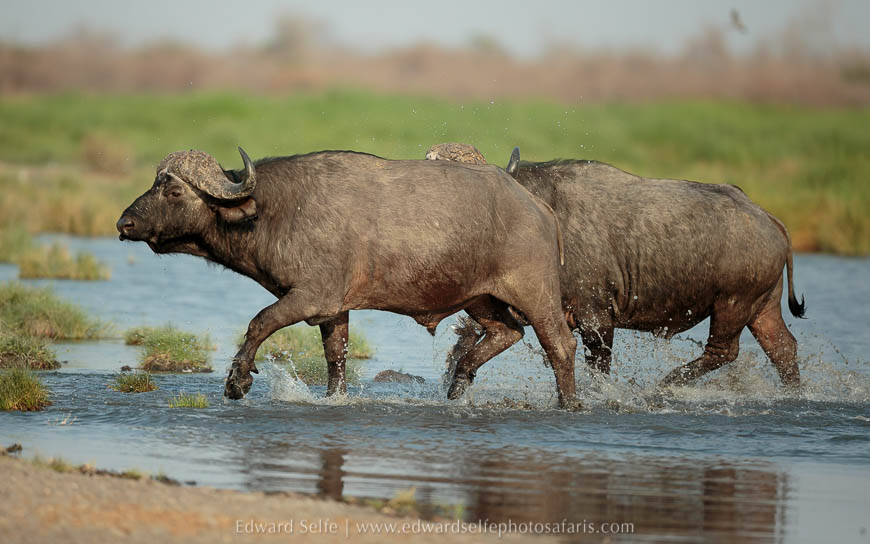
Predatory birds are very active, especially those which feed on fish in the vanishing waterways; fish eagles and Pel’s fishing owls are readily visible in October as they enjoy easy pickings in the shallow water.
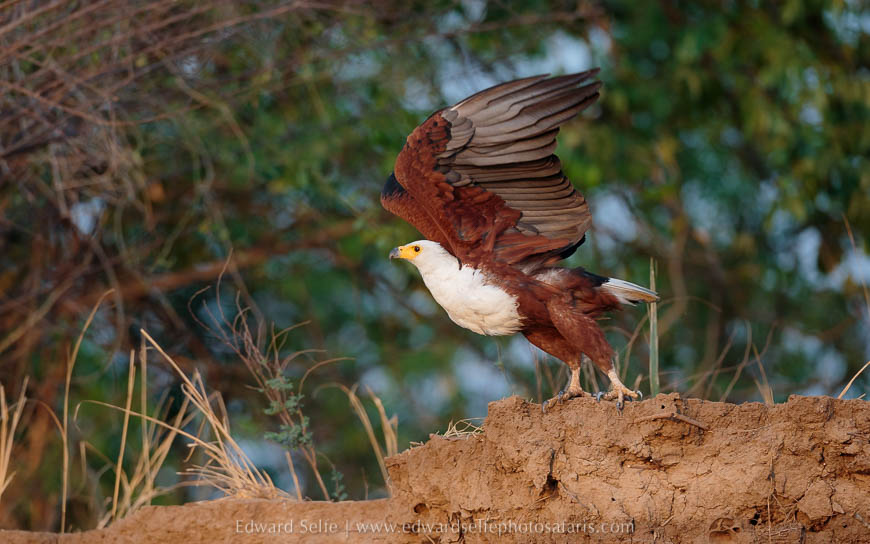
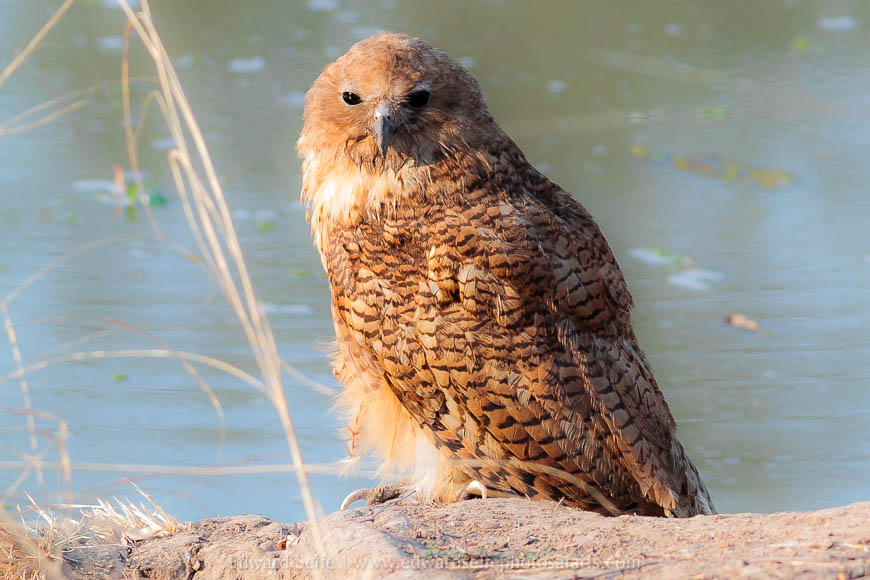
From a sightings point of view, there is no time more reliable than October with game concentrations at their highest. But the heat is extreme at times, and the light is soft and diffused, rather than strong and sculpting. But be sure to avoid the first major rains, since animals flee from the riverine area the first chance they get!
